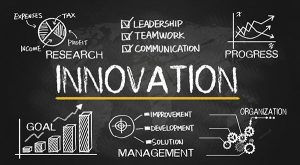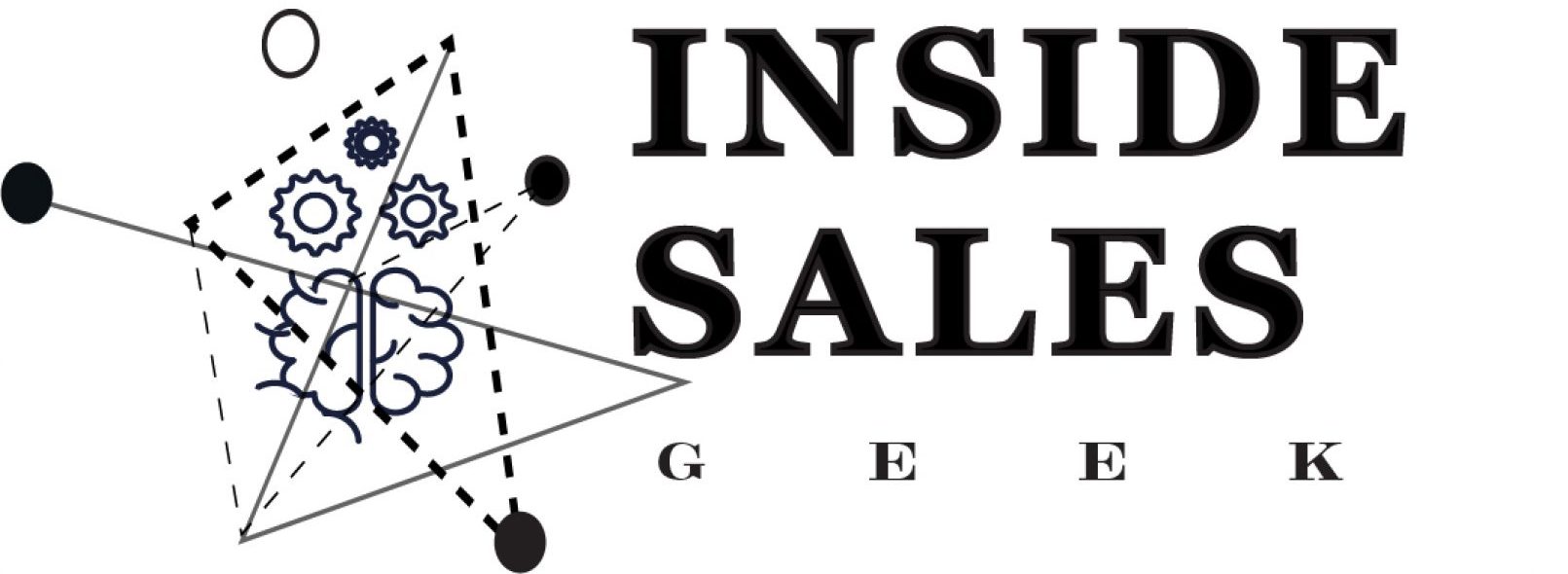
Technology is moving at a rapid pace as exemplified by Nancy Nardin’s sales technology landscape. For instance, if your company wants to maximize sales enablement/content management or sales prospecting/engagement, there are approximately 100 companies in this space that can provide these services. How about sales forecasting and reporting? You can choose from 13 companies in this area. The number of technological options available for every aspect of a sales organization is staggering. Per smartsellingtool.com there are over 500 distinct sales-tech solutions in the 2019 Landscape, an increase of 25% from last year! Needless to say, the involvement, influence, and appetite for sales technology are at a fever pitch, as companies make every effort to maximize revenue.
Underneath the surface of all these technological gains is a sales industry that continues to be mired with sales agent attrition between 27% and 33% (Darmon, 2008; Skok, 2015), while spending close to $800 billion toward incentivising and $15 billion training their sales force (Sunder et al., 2017). Yet, 20% of sales agents continue to produce 80% of all sales. To solve these foundational issues, senior leaders attempt to revise compensation plans, that according to Zoltners, Sinha, and Lorimer (2012) fall short of creating meaningful change. Or, they promote their top sales performers into leadership roles, which generally does not lead to positive results (Benson, Li, and Shue, 2018). At what point does the paradigm shift from focusing on technological advancements to innovating the human capital that leads and produces foundational long-term results? With this in mind, I would like to propose three areas that sales leaders need to define differently to develop innovative solutions.
Sales Leadership – When is the last time you promoted a low producer who was able to influence their peers with ease? The data is clear regarding the trend to promote top performers into leadership positions. Yet, a great doer may not be a leader. Every major professional sports industry has proven this fact to be true. The greatest coaches more often than not were not great players. Leadership development has to be intentional, constant, and experiential. Some options to innovate sales leadership development could include: “Loan” a top performer to another department, vendor, or partner company on a leadership assignment; Audit your leadership development program for biases, industry limitations, and current leadership shortcomings; Develop a leadership development program from a 360-degree view where all members have input and accountability on the outcome of developing better leaders. By defining the problem a little differently, many new tactics can be implemented to provide potential leaders the exposure, experience, and understanding of how to be a transformational leader that focuses beyond the quotas on the people.
Compensation – Sales compensation has migrated from an 80/20 in the mid-1980s to the current 60/40 pay mix (Zoltners, Sinha, and Lorimer 2012). The shift to higher weight on variable compensation has led to similar overall sales results, increased turnover, and decreased job satisfaction. The issue may be in the problem most sales compensation systems are trying to solve. The focus is on short term results, rather than long term performance. If the quality of a sales compensation system were, for example, evaluated on initial sales results, margin, current customer retention, sales agent retention, sales manager retention, and employee satisfaction, would we keep compensating salespeople the same way we have for decades? Rather than individual incentives, how about moving them to the team level? Perhaps pay a salary that is close to the expected total compensation potential (salary and incentives). Utilize authentic experimental design to create customized compensation programs, rather the cookie cutter approach. With nearly 80% of U.S. companies making meaningful changes to their sales incentive plans every two years (WorldatWork 2009), it’s time we define the problem differently that sales compensation plans are genuinely trying to address.
Hiring – Sales, especially inside sales, is at a constant conflict between agents shifting from controlled to autonomous motivation. On the one hand, there are many controls (created by technology) that continuously monitor every aspect of an inside sales job. While at the same time, agents want more autonomy to control their business. The ability to manage this conflict requires a unique set of skills. However, most current hiring tools do not consider the many aspects of an inside sales agent’s job. Instead of utilizing recruiting, interviewing, and hiring instruments specific to inside sales functions, companies adopt these tools from different, sometimes unrelated job duties. The value of creating a hiring strategy with supported scales focused on the inside sales agent’s actual job demands is that it will identify an agents’ ability to be coached, code shift between job duties, their perspective on goal pursuit, optimism level, regulatory focus, level of frustration and emotional reliance. Once hiring managers cross-reference the job suitability data with the company culture alignment summary, the job compatibility and success factor for a new inside sales agent will increase drastically.
Technology is quickly influencing sales in part by better analyzing leads, recording and dissecting phone calls, adding a video to the sales process, and maximizing social implementation. All of these and many more technological solutions provide an immense amount of value. But are there leaders fully equipped to lead through all this change? Are compensation plans addressing the real root causes? Are companies hiring the best-fit candidates? The greatest technology cannot overcome human capital opportunities. By thinking about problems differently and innovating the approach to developing, rewarding, and hiring the next generation of leaders, sales organizations can take a giant step to foundationally update an industry mired in what has worked, because the future of inside sales is people, not AI.
